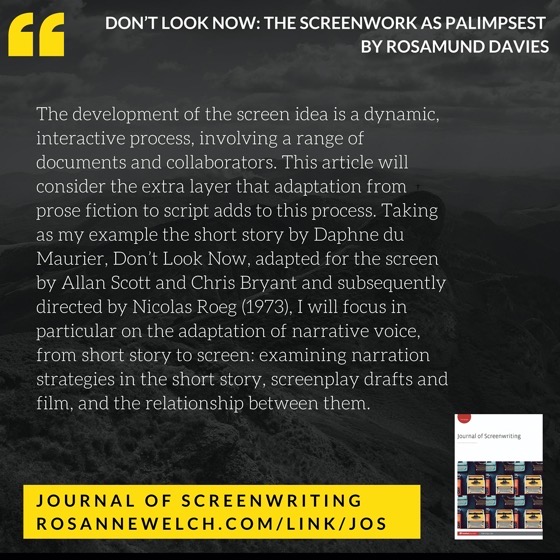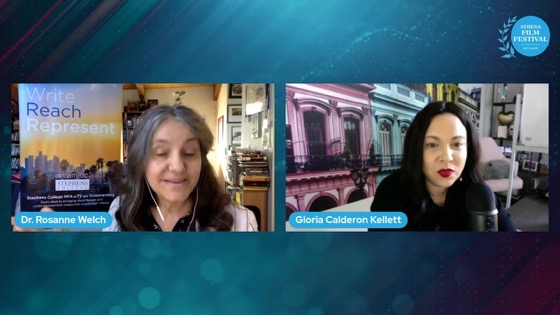In the latest installment of Monkees 101 – a segment of the Zilch: A Monkees Podcast which I co-host with Dr. Sarah Clark. We’re covering all 58 episodes of the show one at a time.
In this show we analyze “I’ve Got a Little Song Here” (written by the amazing, future Emmy-winning Treva Silverman), which aired November 28, 1966.
In the story Mike writes a new song, but the publishing company he tries to sell it to tries to rip him off and his musician pals come to his rescue. Lots of fun meta-moments for all the cast.

The Zilch Staff drops Tour News AND the “Dolenz Sings Nesmith” track lists before a double-header episode! First up Sarah talks to Nashville musician Walter Cherry about his ambitious 5(!) album Monkees cover project, and then it’s time for Monkees 101! Sarah and Rosanne talk I’ve Got a Little Song here, which aired November 28, 1966. Mike writes a new song, but the publishing company he tries to sell it to tries to rip him off.
Aired 3/22/21
Podcast: Play in new window | Download
Subscribe: RSS
![Drs. Rosanne Welch and Dr. Sarah Clark discuss The Monkees “I’ve Got a Little Song Here” episode on the Zilch Podcast's Monkees 101 Series [Audio]](https://rosannewelch.com/wp-content/uploads/2021/03/Zilch164sm.jpg)
![05 The Monkees Writer’s Room from How The Chaos Of Collaboration in the Writers Room Created Golden Age Television [Video]](https://rosannewelch.com/wp-content/uploads/2021/03/srn-porto-05.jpg)




![Dr. Rosanne Welch Presents “When Men Forget Women: The Many Ways Male Screenwriters Fail to Mention their Female Colleagues in Oral Histories” at SCMS 2021 [Video]](https://rosannewelch.com/wp-content/uploads/2021/03/scms-vidoe-title-card.jpg)

![16 Producer, Kenny Johnson from There And Back Again: Writing and Developing for American TV [Video] (51 seconds)](https://rosannewelch.com/wp-content/uploads/2021/03/rmw-oxford-brookes-16.jpg)

![04 The Comedy Writer’s Room from How The Chaos Of Collaboration in the Writers Room Created Golden Age Television [Video]](https://rosannewelch.com/wp-content/uploads/2021/03/srn-porto-04.jpg)

![15 More On Writers-Producers from There And Back Again: Writing and Developing for American TV [Video] (51 seconds)](https://rosannewelch.com/wp-content/uploads/2021/03/rmw-oxford-brookes-15.jpg)
